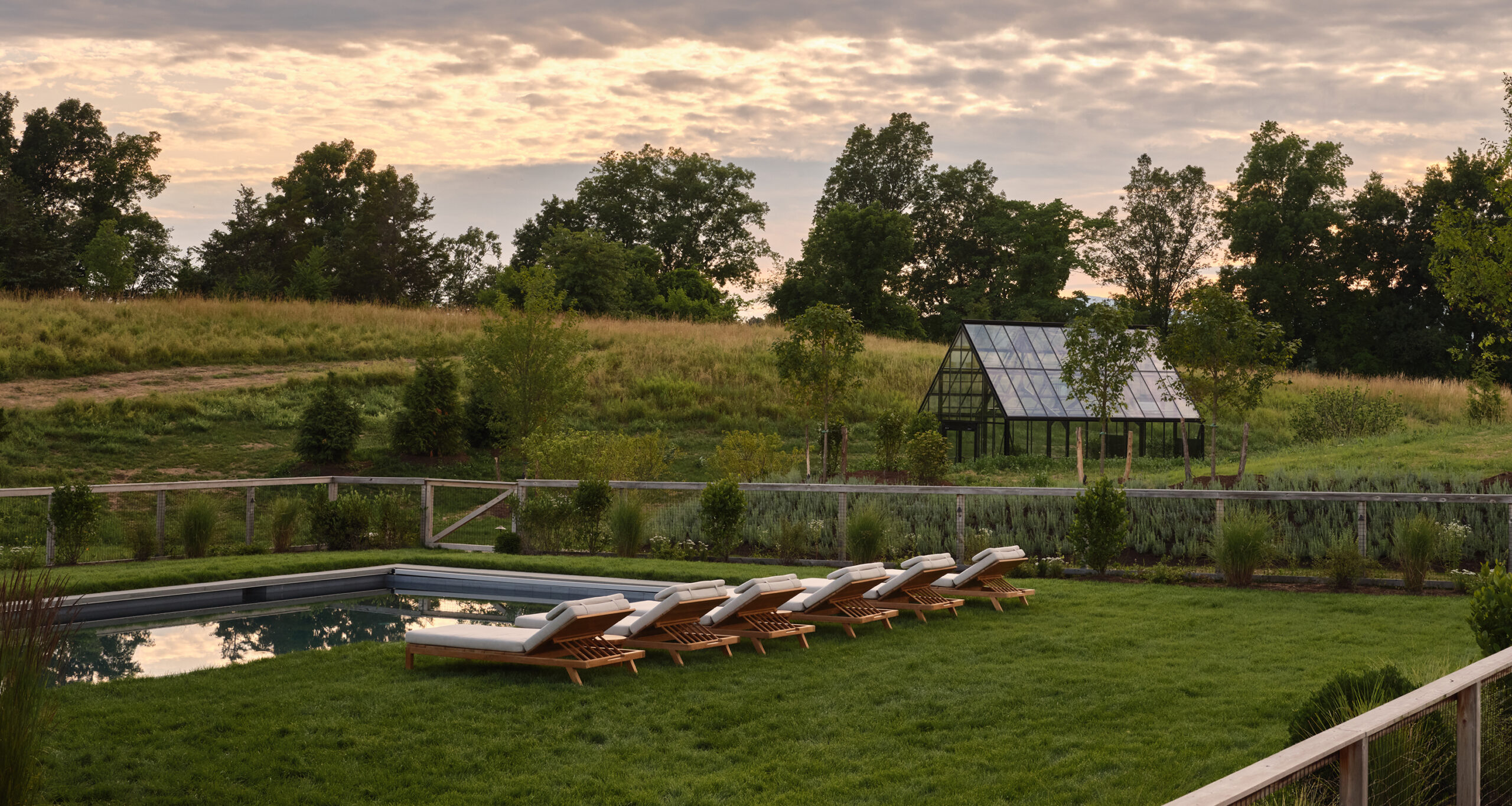The Art of Sourcing Vintage Artifacts with Galerie Provenance
Translation missing: en.blogs.article.author_on_date_html
Living
The Art of Sourcing Vintage Artifacts with Galerie Provenance
August 5, 2024
No home is complete without a touch of vintage—and lucky for us, we have a direct line to the best in antique and midcentury design sourcing: Sheila Bouttier of Galerie Provenance. So, it should come as no surprise that we tapped Galerie Provenance for help in curating vintage pieces to make the Farmhouse feel complete.
Hand-picked by Jenni herself, each piece within Sheila’s artful curation was chosen with intention—from the artwork by Sheila’s late grandfather, the artist Benjamin Abramowitz, to the delicate bowls and horse figurines that grace the tabletops. Read on for our conversation with Sheila on how the sourcing for the Farmhouse came to be, as well as her top tips for adding vintage to any home with ease.
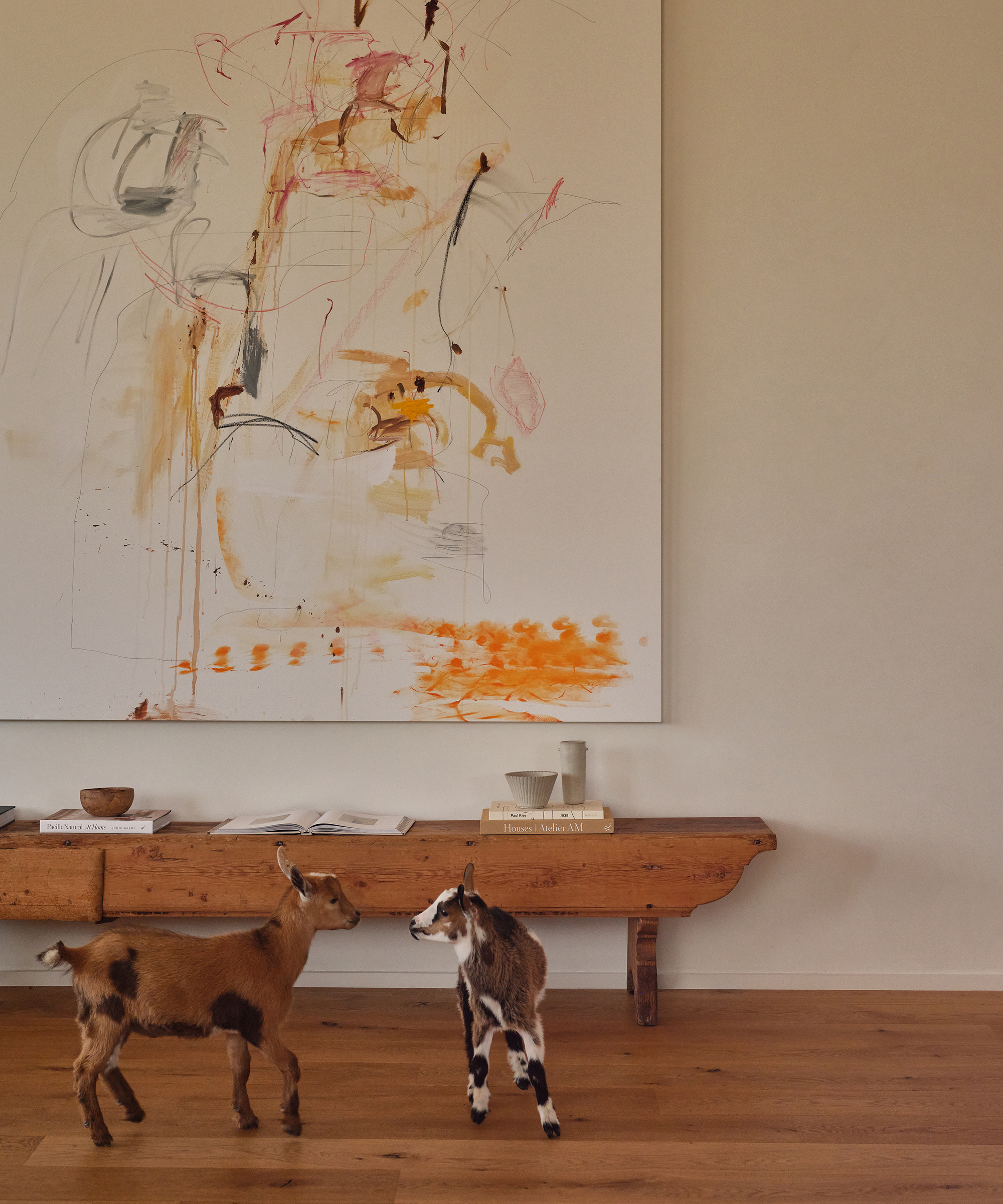
The Art of Sourcing Vintage Artifacts with Galerie Provenance
Rip & Tan: Tell us a bit about how you got involved in the Farmhouse.
Sheila Bouttier: Jenni Kayne and the Jenni Kayne team have been integral to the Galerie Provenance origin story. I spent most of my career working in the entertainment business but when I finally left my job at ABC in the fall of 2016 I wasn’t sure what I was going to do next. I was raising two children and we were building a home in Brentwood so when my professional life shifted I threw myself into the design of our house. I found a passion for sourcing pieces with history and provenance and began finding objects and furniture overseas for my project. This quickly grew into a small business as I started sharing images on Instagram.
When we moved into our new home a year or so later I would pop into the Jenni Kayne store at the Brentwood Country Mart from time to time and became friendly with the store manager. I mentioned my nascent curation business and together we developed the idea for a pop-up at the store. The first Jenni Kayne pop-up in November 2018 was a real milestone for Galerie Provenance and propelled me to launch my website, design business cards, and make the business official.
Soon after, I began working with Jenni on her new home and her other projects both domestically and abroad. Jenni was always extremely supportive and started popping in when new shipments would arrive so she could see the new pieces.
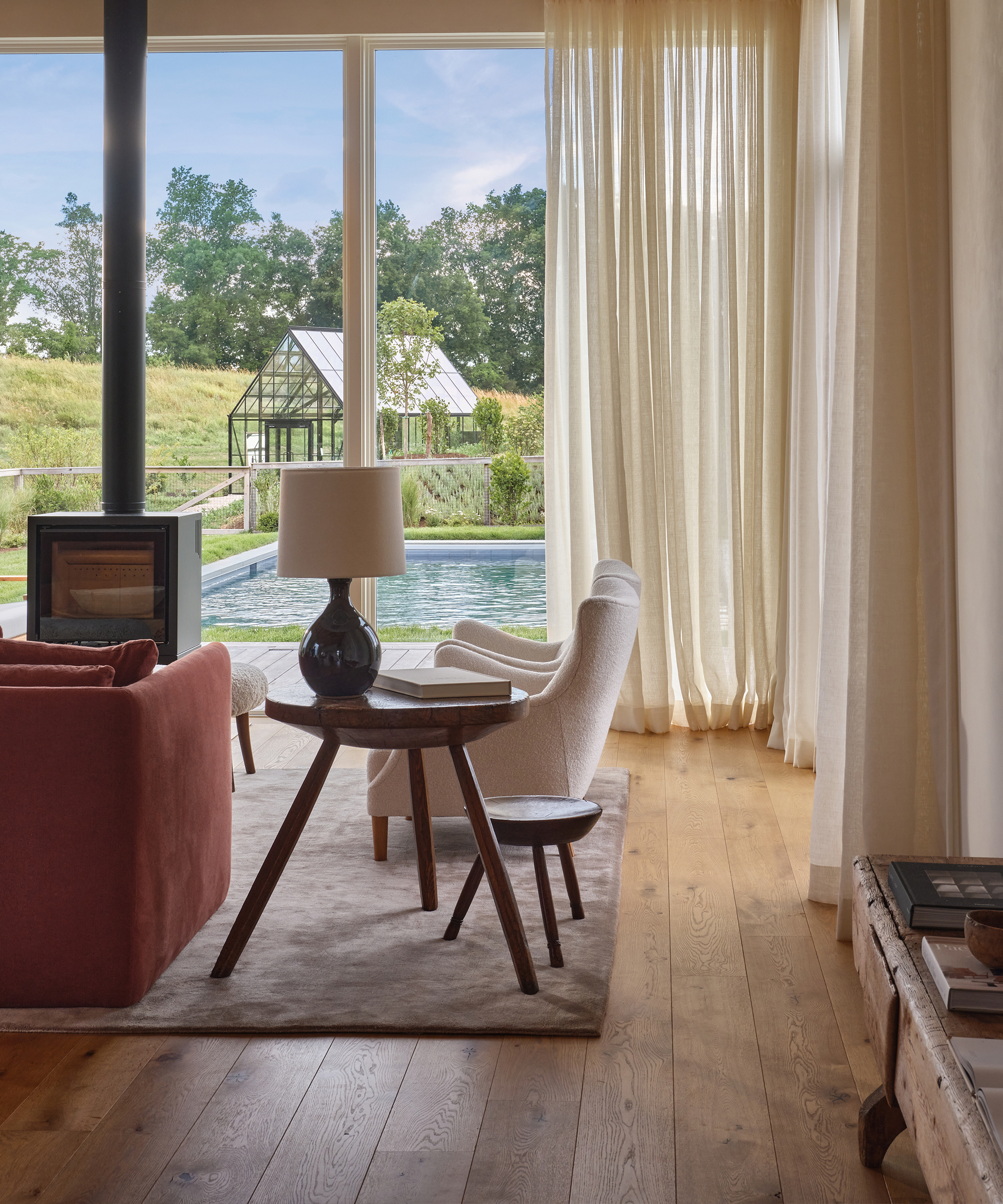
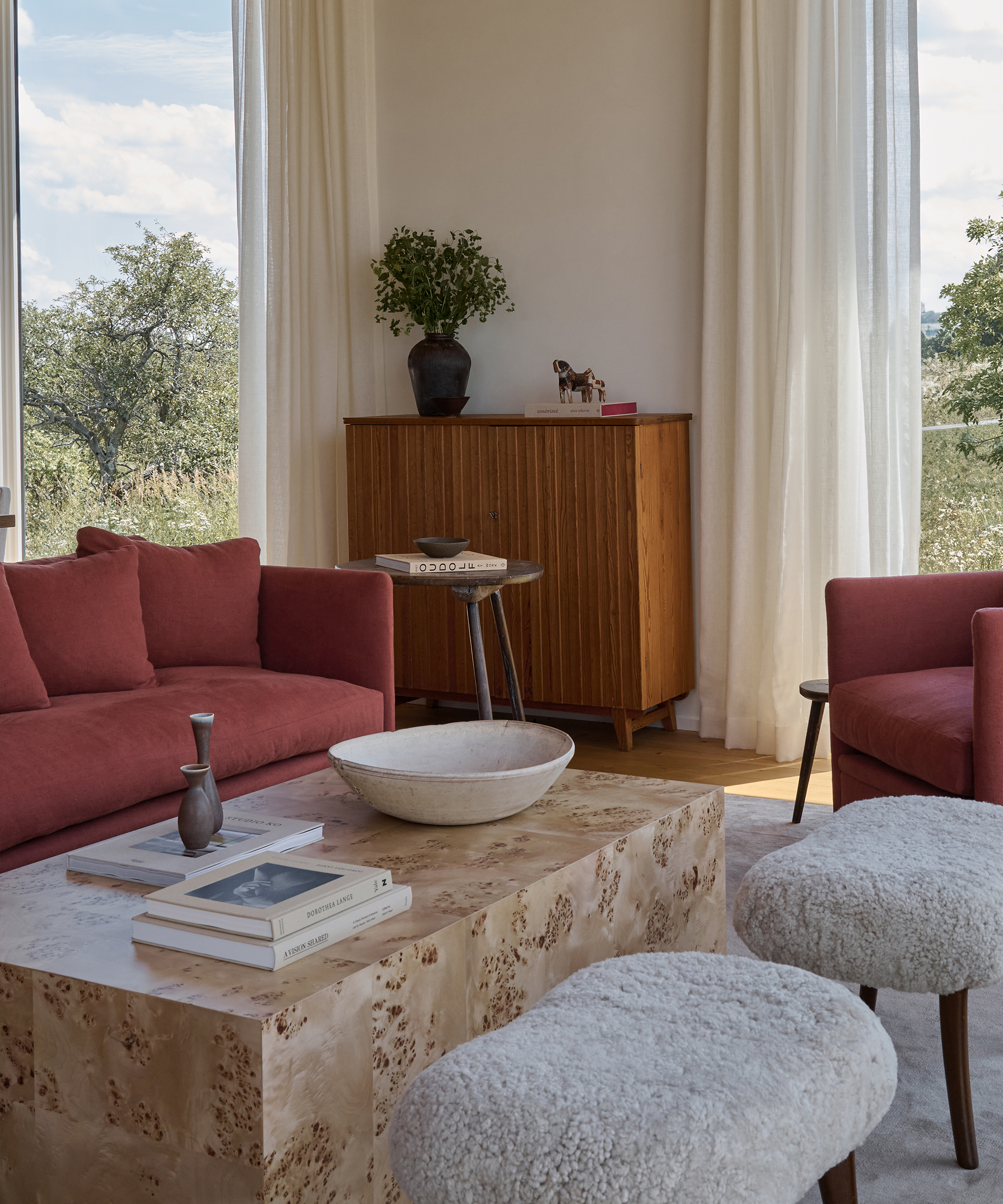
Rip & Tan: Tell us a bit about how you got involved in the Farmhouse.
Sheila Bouttier: I was very flattered when Jenni asked if she could include our house in her second book, “Pacific Natural at Home.” It was also gratifying to see Galerie Provenance pieces in three other featured homes including Jenni’s gorgeous Vincent Van Duysen-designed residence.
Working on the Jenni Kayne Ranch was another exciting project as the patina of our pieces complemented the beautiful Jenni Kayne Home furniture nicely. It’s been fun to see the brand broaden into more of a rich color palette, allowing for the inclusion of different types of furniture and artifacts. In fact, there are over seventy Galerie Provenance pieces in the Farmhouse including larger case pieces, benches and tables, and, of course, ceramics and antique accessories.
Jenni came to my showroom and selected her favorite pieces from a curated collection Linnea Schooley and I put together for the Farmhouse. Jenni is an equestrian and was very drawn to the small 19th-century Swedish horses. One of the ponies has a broken nose–a well-loved artifact with a war wound of time. She also selected a Swedish chair and a gorgeous painted Swedish bowl which now sits on the dining table–its decorative patterns emulate the gorgeous local east coast flora.
Ultimately, my favorite part of the process is the grand reveal when I see all our “babies” in their places in a new beautiful setting. The Jenni Kayne team integrates our pieces seamlessly into their environment. As each piece has a story, I tend to personify them–imagining the conversations they have heard and the history they have witnessed. And now they’re clearly living their best lives in the Jenni Kayne Farmhouse in Tivoli, New York.
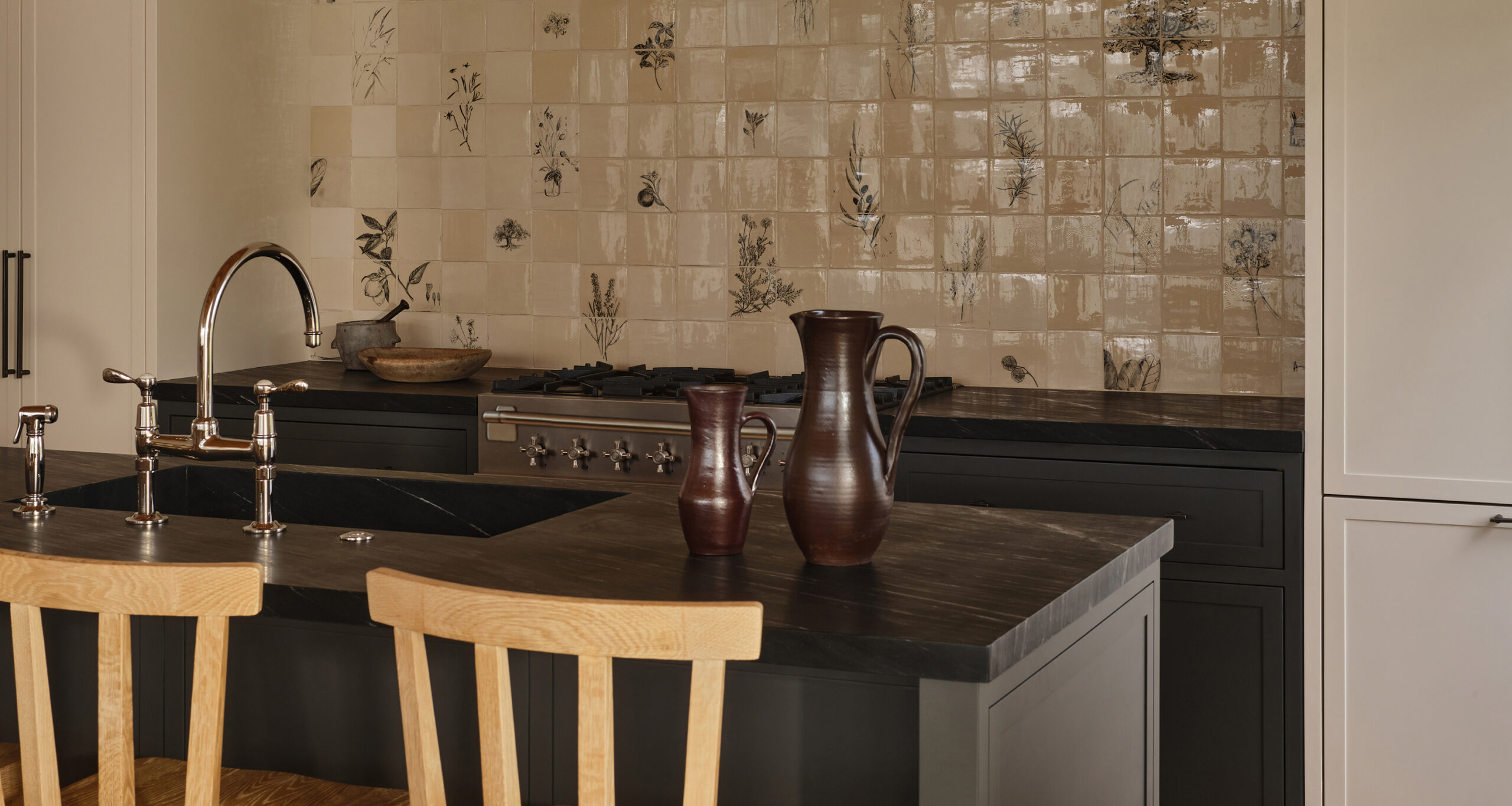
Rip & Tan: Which piece or pieces at the Jenni Kayne Farmhouse are your favorite?
Sheila Bouttier: Jenni and Linnea, from the Jenni Kayne Interiors team, picked such beautiful furniture for the Farmhouse. They selected some really special case pieces including a gorgeous Swedish cabinet in pine by Goran Malmvall for the main room and a burl sideboard by Axel Larsson for the bedroom. Of course, one of my favorites is the beautiful nude in the bedroom by my grandfather, artist Benjamin Abramowitz. His work is so varied and expressive and I love seeing it in the homes of others.
I also enjoy the way the antique Norwegian bench complements the large piece of art in the main room. The 18th and 19th-century Swedish bird bowls and Dala horses give beautiful character to the spaces—the accessories really do make an environment. I am also partial to the Arne Bang ceramics and the creamy Swiss and floral Swedish antique bowls on the tables in the living and dining rooms.

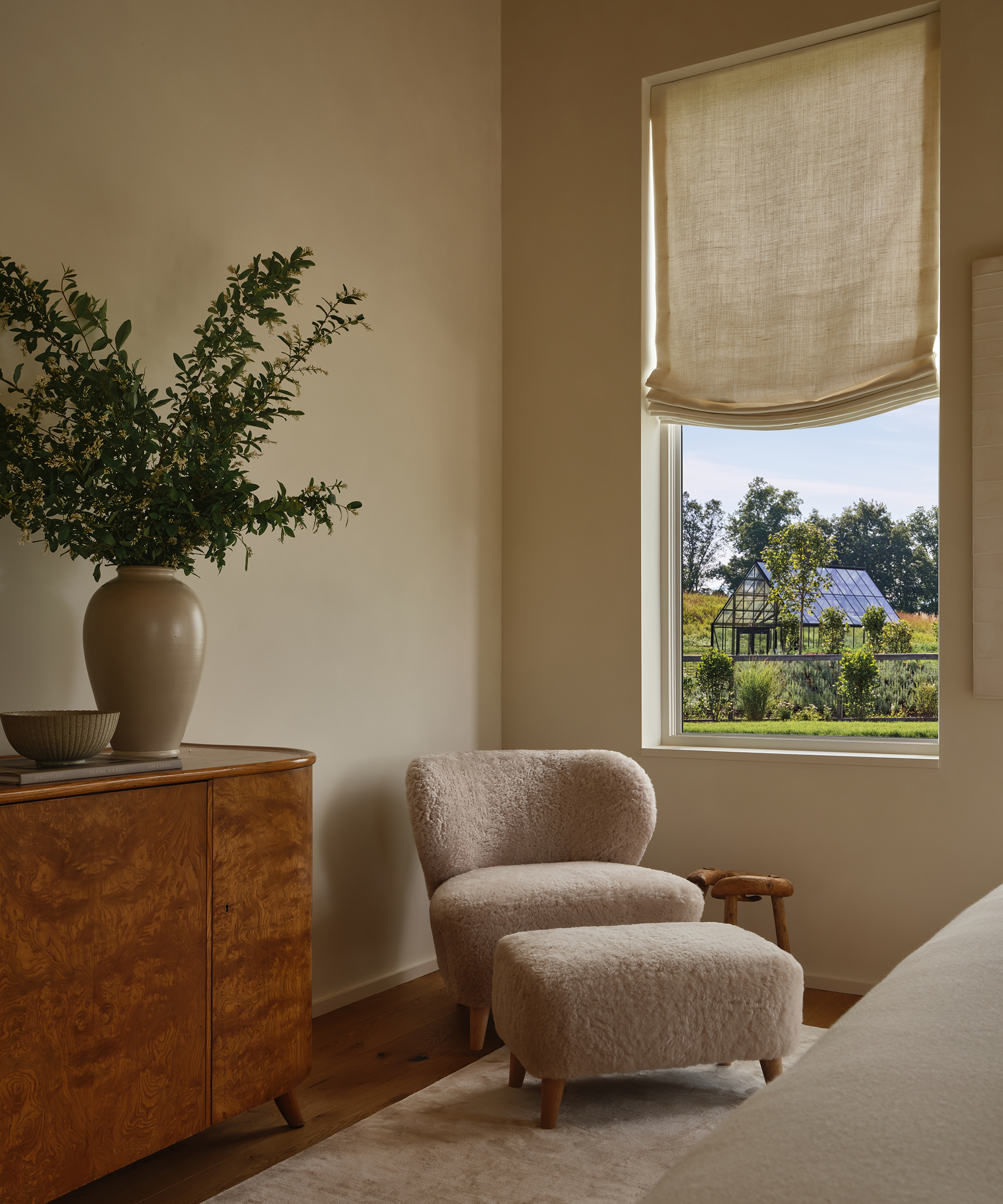
Rip & Tan: What’s your approach to sourcing? What are you looking for?
Sheila Bouttier: I have to go with my gut when I’m sourcing pieces. If it speaks to me and I would put it in my home, then I usually buy it. I try to stay in my lane because my business is small and specific, and I can’t be all things to all people. I use my own lens and hope people respond to my aesthetic. I love old repairs and original paint, dates, or signatures—they really make a piece unique. Unfortunately, I tend to fall in love with my finds and then have a hard time parting with them. I’ve become a bit of a hoarder!
I really gravitate toward pieces that are harder to find and less ubiquitous. With Instagram and social media, we are bombarded with images and things start to look the same. I try to find things that are more unusual and one-of-a-kind or limited. I also like dramatic older pieces that almost function as sculptures, like the quirky Swedish stool next to an accent chair in the Farmhouse bedroom.
When I first started, I was given a great piece of advice— collecting takes time. I think the most important thing people can do when collecting is to buy what they love—if you find a piece you love, grab it before it’s gone. Those finishing touches make a huge difference, so collect them as you move through the design process.
There are definitely a lot of fakes in the marketplace these days. I would try to only buy valuable pieces from a trusted and knowledgeable source.
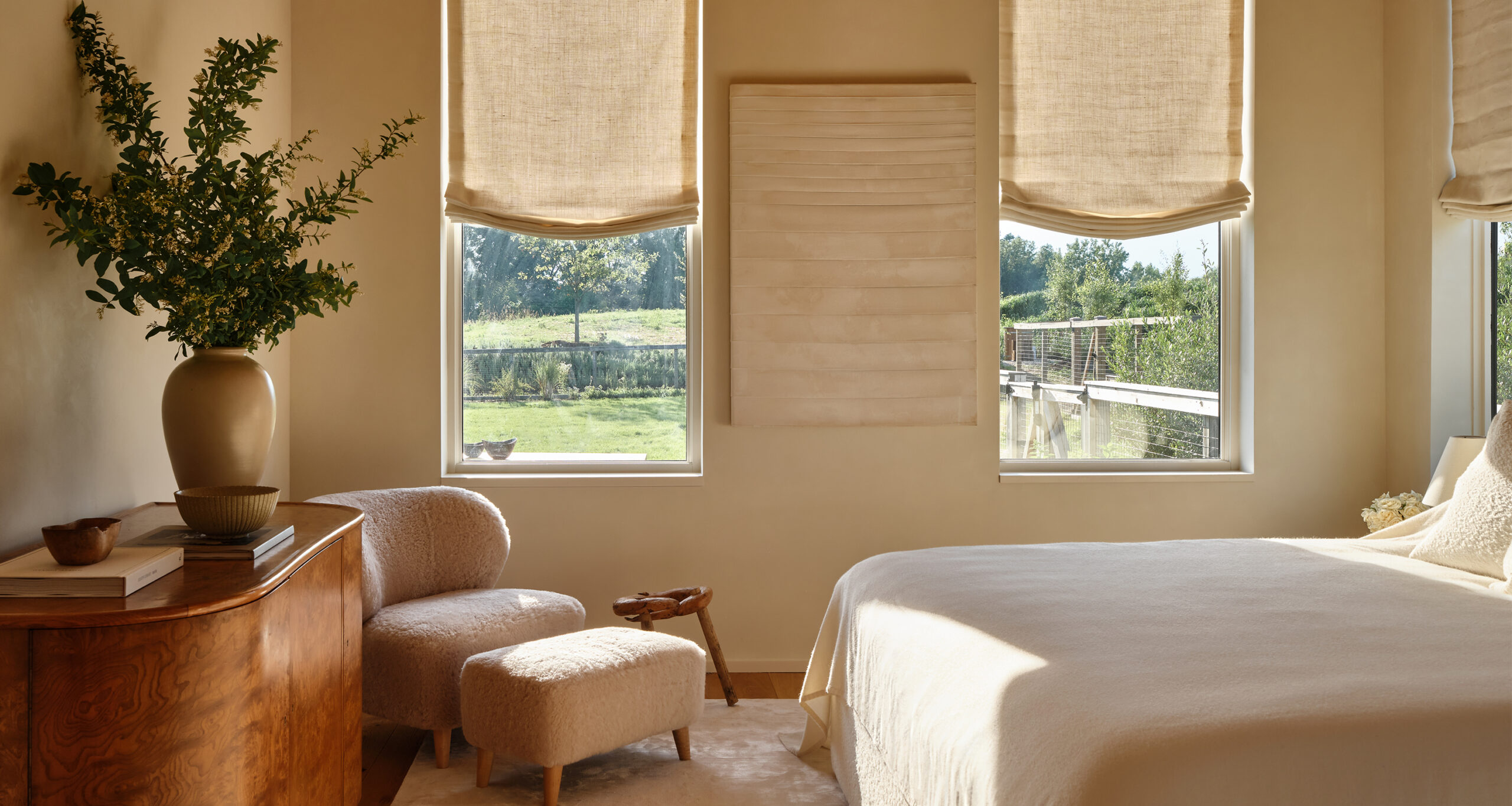
Shop the Story
Rip & Tan: Which elements of a home do you think always benefit from being vintage versus new?
Sheila Bouttier: I think many elements of a home benefit from being vintage but I prefer the mix of old and new. I like it when there is visible wood, leather or metal with patina so you can see the effects of time. I use the motto “less but better” for myself. You don’t need a million special pieces but having a few unique accessories with character can really differentiate an environment. One gorgeous old bowl on a kitchen island or table can really add a visual punch. I would invest more in pieces in highly trafficked areas where they will be seen and enjoyed.
Rip & Tan: Any unexpected ways we can work vintage into a space?
Sheila Bouttier: I showcase vintage pieces in many ways in my home. I use an old Swiss dairy bowl to store napkins on my kitchen counter. It’s a much prettier container than most contemporary napkin holders.
One of my favorite classic pairings is art and interesting chairs. Even if the chair is old and not functional it can have a moment next to a beautiful piece of art. I like adding older pieces to new homes to add character and patina. An antique folk art or milking stool can add warmth and function to a bathroom placed next to a bathtub and vintage ceramics look beautiful on most mantel pieces. Most old bowls, pots or vessels can be used for plants if they are lined and waterproofed properly. This is a good way to integrate older pieces and add interest to a room.
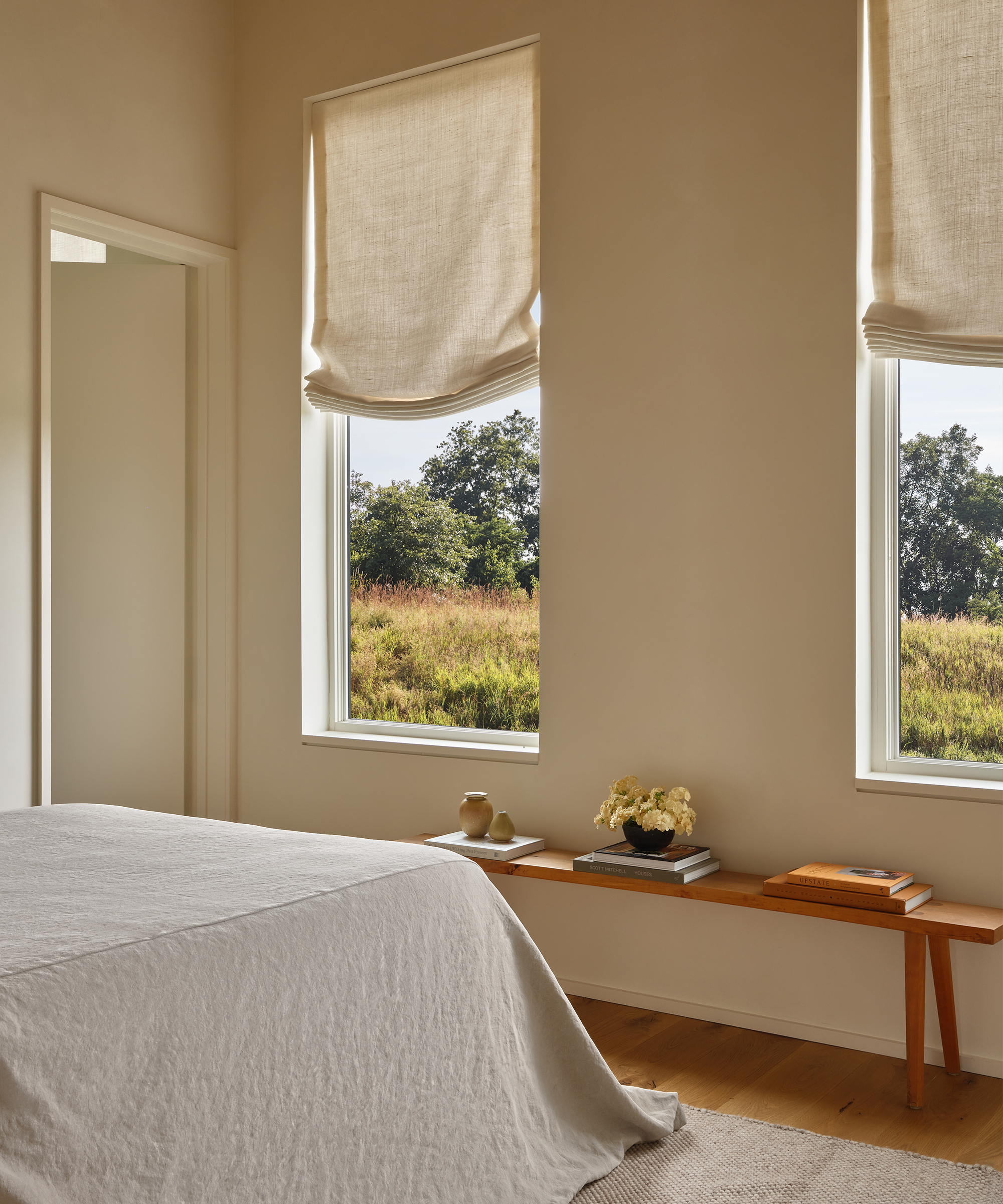
Photos by MIchael Clifford and Jenna Saraco
